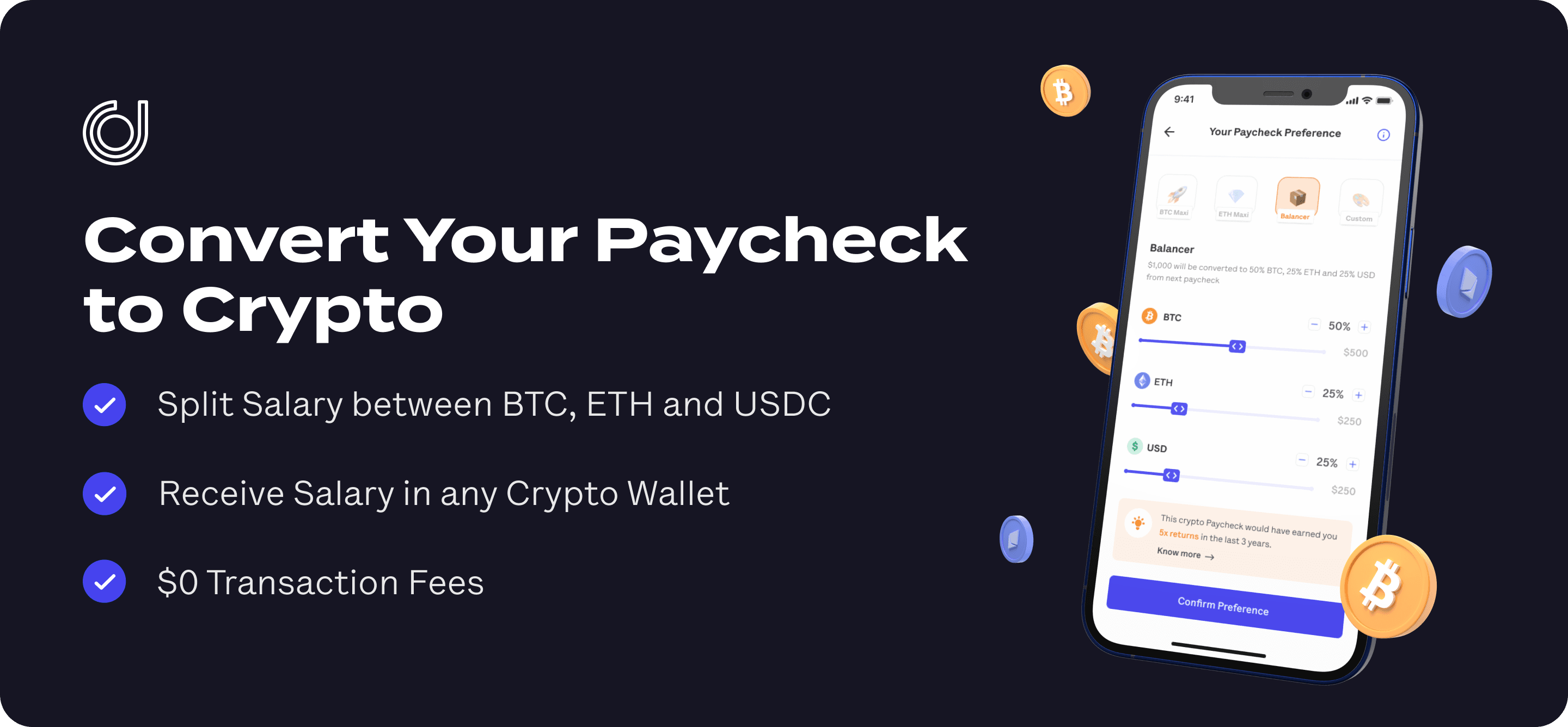Crypto
•
9 mins read
•
February 11, 2022
What is Slippage in Crypto?
Your guide to why your crypto trades cost more and what to do about it.

Imagine this: you enter a grocery store and apples are on sale for $1. You go to the counter and expect to pay $1 for your apple. However, you are asked to pay $2 for this apple, instead. When this happens in a grocery store, it’s quite unusual, but unfortunately, this happens quite often during cryptocurrency exchanges.
When a cryptocurrency trader makes an exchange, they expect their buy or sell transaction to occur at a price that they have agreed upon. But when their transaction doesn’t go through at the price they assumed it would, this is a phenomenon known as slippage.
What is Slippage in Crypto?
What is slippage in crypto? Essentially, slippage is the price difference between what you expect to get on the crypto you ordered versus what you actually get. In the world of
, there are two primary reasons why slippage can occur: liquidity and volatility.
When the price of
or other popular cryptocurrencies changes rapidly, those cryptocurrencies are considered volatile because of how often they are being traded at various prices. In this situation, crypto slippage occurs because of wild swings in price that renders a trading order executed at a different price than the trader may have expected.
Given that cryptocurrencies are still speculative instruments, all it can take is a single headline or tweet to trigger a sizable increase or decrease in the price.
Another reason slippage occurs in cryptocurrency is due to a lack of liquidity. Some cryptocurrencies, like
, are popular and are traded often. Otherwise, though, they are not traded very often, either because they are new or due to their lack of popularity. As a result, there is a large difference between the lowest ask and the highest bid, which can cause dramatic changes in the price as an order is being entered and executed.
When an asset has low liquidity, this means that it cannot easily be converted to cash.
that aren’t as popular are somewhat illiquid, because there are not always buyers for them, which means that they can’t be converted to cash if there is no market of buyers. With very few buyers, the number of asking prices will be limited as well, resulting in significant slippage.

For example, if there are no willing buyers, then a seller may have to hold onto their cryptocurrency for longer than anticipated. Moreover, the price a buyer may eventually be willing to pay may be lower than what the seller wants to sell their cryptocurrency for.
If a seller wants to sell their cryptocurrency for $1.50 and a buyer only wants to buy that particular asset for $0.50, the market price of that cryptocurrency will plunge from $1.50 to $0.50 suddenly. As such, the lack of buyers means that there is a sudden jump in the market price due to this single transaction.
Positive Slippage vs. Negative Slippage
You can calculate slippage either as a dollar amount or as a percentage. You can do this by subtracting the price you expected to get from the price you got. Now, slippage is not always bad. If the amount of your slippage is negative, it means you got a worse price than you expected. But when you have positive slippage, it shows that you received a better price than you anticipated.
In other words, if the actual executed price is lower than the expected price for a buy order, it is considered positive slippage as it gives traders a better rate than they originally intended. For example, if you purchase 100 units of an asset at $5 a piece but the price of the asset falls to $4.50, your order goes through at $450 total versus $500, meaning you got a more favorable trade.
If the executed price is higher than the expected price for a buy order, it is considered negative slippage, since it gives traders a less favorable rate than they originally tried to execute. For instance, if you plan to purchase 100 units of an asset at $5 per asset but the price rises to $5.50, your order goes through at $550 total versus $500, costing you more than you anticipated.
How to Avoid Crypto Slippage
With crypto prices changing so rapidly, it can seem like an impossible task to fight back against slippage. But, there are some tricks that you should know before you start trading cryptocurrencies.
First, the most important way to limit slippage is to place limit orders for cryptocurrencies instead of market orders. A market order is executed as quickly as possible at whatever the current price is, which means that you have no control over what price you get when the order is executed.
However, a market order is also guaranteed to be executed, especially when trading popular
, because there will almost always be an order going in the opposite direction of your order.
A limit order, however, helps you reduce slippage because you can set the highest possible price you are willing to pay for a cryptocurrency or the lowest possible price you are willing to sell a
for. But these orders may not be executed because there is no guarantee that the price will stay within the boundaries you have set during the timeframe you have set.
A few crypto exchanges, like
, actually display slippage warnings if you are entering an order with a slippage percentage above a certain amount, usually 2% or higher. Moreover, most exchanges will allow you to adjust your slippage tolerance, which is a percentage you can change depending on the transaction to ensure that your order is executed.
If your slippage tolerance is too low, though, note that it is unlikely to be executed, especially if you are trading during a peak time for the market. On the other hand, a tolerance that is too high will often result in you paying more than you intended. Ultimately, slippage tolerance depends on your personal risk tolerance and strategy.
Finally, a last trick to avoid crypto slippage is to
on your transaction. When you use more gas, your fees may be higher but your transaction also gets picked up earlier and goes through faster. When everyone is attempting to have a transaction processed, using low or standard amounts of gas means that your trade could be pending for hours while prices change, potentially leaving you with a larger amount of negative slippage.
If you’re making a large trade, slippage can cost you a lot. As such, some crypto traders have had success breaking up larger buys into several smaller transactions. While you might pay more gas for having multiple transactions, you may still come out ahead factoring in savings from avoiding slippage.
Still, outside of these few tricks, traders should be prepared to deal with slippage due to how volatile the market can be, not to mention how low liquidity can mean sudden jumps in this market.


